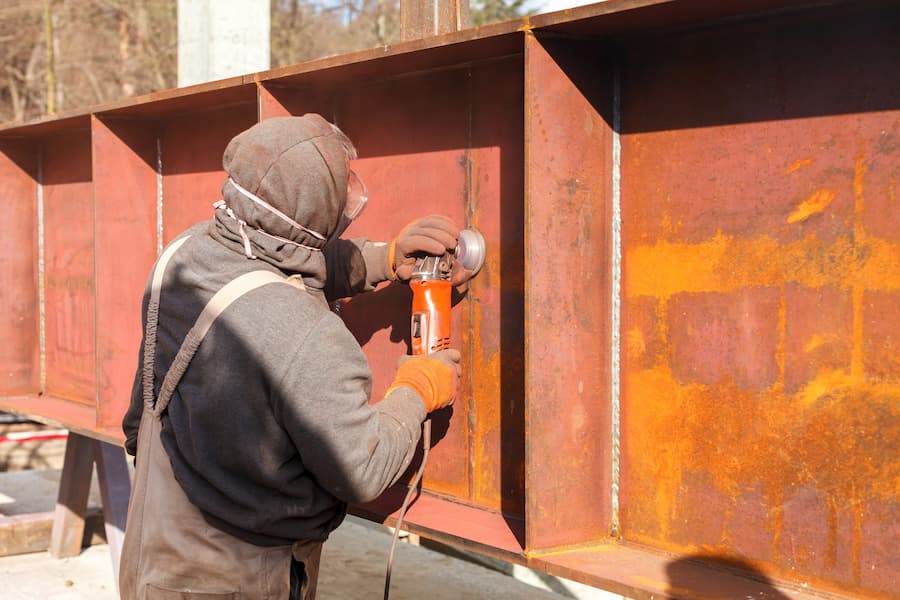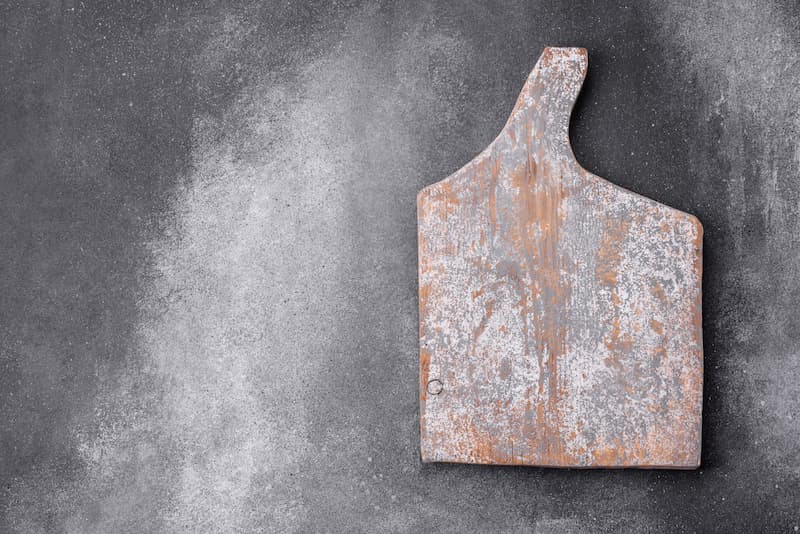No products in the cart.
Ultimate Guide to Surface Preparation for Rust Treatment: Methods & Tips for Rust Removal
August 26, 2024
By Xion Lab
Free Shipping
easy returns
secure paymentS
FAQ | MY ACCOUNT | SUPPORT
August 26, 2024
By Xion Lab
Surface preparation is a crucial step in ensuring the effectiveness of rust treatment and coating applications. Whether you’re dealing with a rusted metal object or a large industrial structure, proper surface prep is essential to achieving long-lasting protection and enhancing the metal’s lifespan.
Rust, also known as iron oxide, forms when iron or steel reacts with oxygen and moisture. Over time, this oxidation process leads to the degradation of the metal, resulting in weak, flaky, and unsightly rust that can cause structural damage. Proper surface preparation is key to preventing this degradation and ensuring that rust treatment products and coatings adhere correctly and perform effectively.
Surface preparation involves a series of steps to clean, treat, and prime the metal surface, addressing both visible rust and underlying corrosion. The primary goals of surface preparation are:

Effective surface preparation can save time and money in the long run by enhancing the performance of rust treatments and coatings. It also helps in maintaining the aesthetic appeal of metal surfaces, whether they are part of machinery, infrastructure, or decorative elements.
Rust is a reddish-brown or orange flaky substance that forms on iron and steel when they are exposed to oxygen and moisture. This chemical reaction, known as oxidation, produces iron oxides, which can significantly weaken the metal over time. Rust forms when iron reacts with water (H₂O) and oxygen (O₂) in a process that generates iron oxides (Fe₂O₃).
Rust formation involves a series of electrochemical reactions:
Rust can have severe implications for metal surfaces:
Understanding rust and its effects underscores the importance of proactive rust treatment and effective surface preparation. By addressing rust early and preparing surfaces properly, you can prevent extensive damage and ensure the longevity of metal surfaces.
Surface preparation involves several key steps to ensure that rust treatment and coatings are applied effectively:
Effective surface preparation for rust treatment involves a variety of methods, each suited to different types of rust and metal surfaces. Here, we explore some of the most common techniques:
Abrasive blasting is one of the most efficient methods for removing rust and preparing metal surfaces. This technique uses a stream of abrasive material propelled at high velocity to clean the surface.
Chemical treatments are used to remove or convert rust through chemical reactions. These treatments are particularly useful for intricate or hard-to-reach areas.
Mechanical methods involve using tools and manual techniques to remove rust and prepare metal surfaces.

Once the rust has been removed and the surface prepared, the next step is to prepare it for coating. Proper surface preparation ensures that the coating adheres well and provides effective protection.
A clean surface is essential for effective coating adhesion. This step involves removing any remaining contaminants that could interfere with the coating process.
Creating the right surface texture is crucial for ensuring good coating adhesion. Profiling techniques vary based on the desired texture and coating requirements.
Bare metal surfaces require special handling to prevent immediate rust formation and ensure they are ready for coating.
Advantages:
Surface preparation is essential for effective rust treatment and coating application. Proper surface prep ensures that rust removal is thorough and that coatings adhere correctly to the metal surface. This process involves cleaning, removing contaminants, and creating a suitable texture for coatings. By preparing the surface properly, you ensure that rust prevention measures are effective, reducing the risk of future corrosion and extending the lifespan of the metal.
Rust removal can be achieved through several methods, including abrasive blasting, chemical treatments, and mechanical tools. Abrasive blasting, also known as sandblasting, effectively removes rust and old coatings by using abrasive materials propelled at high speeds. Chemical rust removers, such as those containing phosphoric acid, dissolve rust, making it easier to clean off. For lighter rust, mechanical methods like wire brushing or sanding may suffice. Always ensure the surface is clean and free from contaminants after rust removal.
Yes, rust removers can be used on painted surfaces, but caution is necessary. Some rust removers may affect the paint, causing damage or discoloration. To prevent this, protect adjacent painted areas with masking tape and test the rust remover on a small, inconspicuous area first. If the paint is affected, you may need to remove it before applying rust removal products. Always follow the manufacturer’s instructions for safe and effective use.
Rust converters are chemical products designed to treat rust by converting it into a stable, protective layer. Unlike rust removers, which dissolve rust, rust converters use chemical reactions to transform rust into a material that can be painted over. They typically contain tannic acid or phosphoric acid, which reacts with rust (iron oxide) to form a black, inert layer. This layer helps to prevent further corrosion and provides a good surface for additional coatings.
Preparing a surface for epoxy coating involves several steps to ensure proper adhesion and performance. Start by thoroughly cleaning the surface to remove dirt, grease, and contaminants using solvents or detergents. After cleaning, use abrasive methods or etching solutions to create a roughened surface profile, which helps the epoxy adhere better. Ensure the surface is completely dry before applying the epoxy. Proper surface preparation is crucial for achieving a good bond and ensuring the epoxy coating provides effective rust protection.
For larger surfaces, abrasive blasting is often the most effective method for surface preparation. It efficiently removes rust and old coatings, providing a uniform surface profile suitable for coating adhesion. If abrasive blasting is not feasible, consider using power tools with abrasive attachments or chemical rust removers. For very large areas, a combination of these methods may be required to achieve the desired surface cleanliness and preparation.
To ensure proper rust prevention after rust treatment, it’s important to apply a high-quality coating or rust-inhibiting primer. After removing rust and preparing the surface, apply a primer that is compatible with the coating system you plan to use. Follow the manufacturer’s recommendations for application, and make sure the coating is evenly applied. For long-term protection, choose coatings that provide a durable barrier against moisture and oxygen, which are essential factors in preventing rust formation.
If rust removal is not fully effective, consider reapplying the rust remover or using a more aggressive rust removal method, such as abrasive blasting. Ensure that all loose rust and contaminants are removed from the surface. In cases of heavy rust, it may be necessary to combine methods or use multiple applications of rust remover. After rust removal, thoroughly clean and prepare the surface before applying any rust converters or coatings to ensure complete protection.